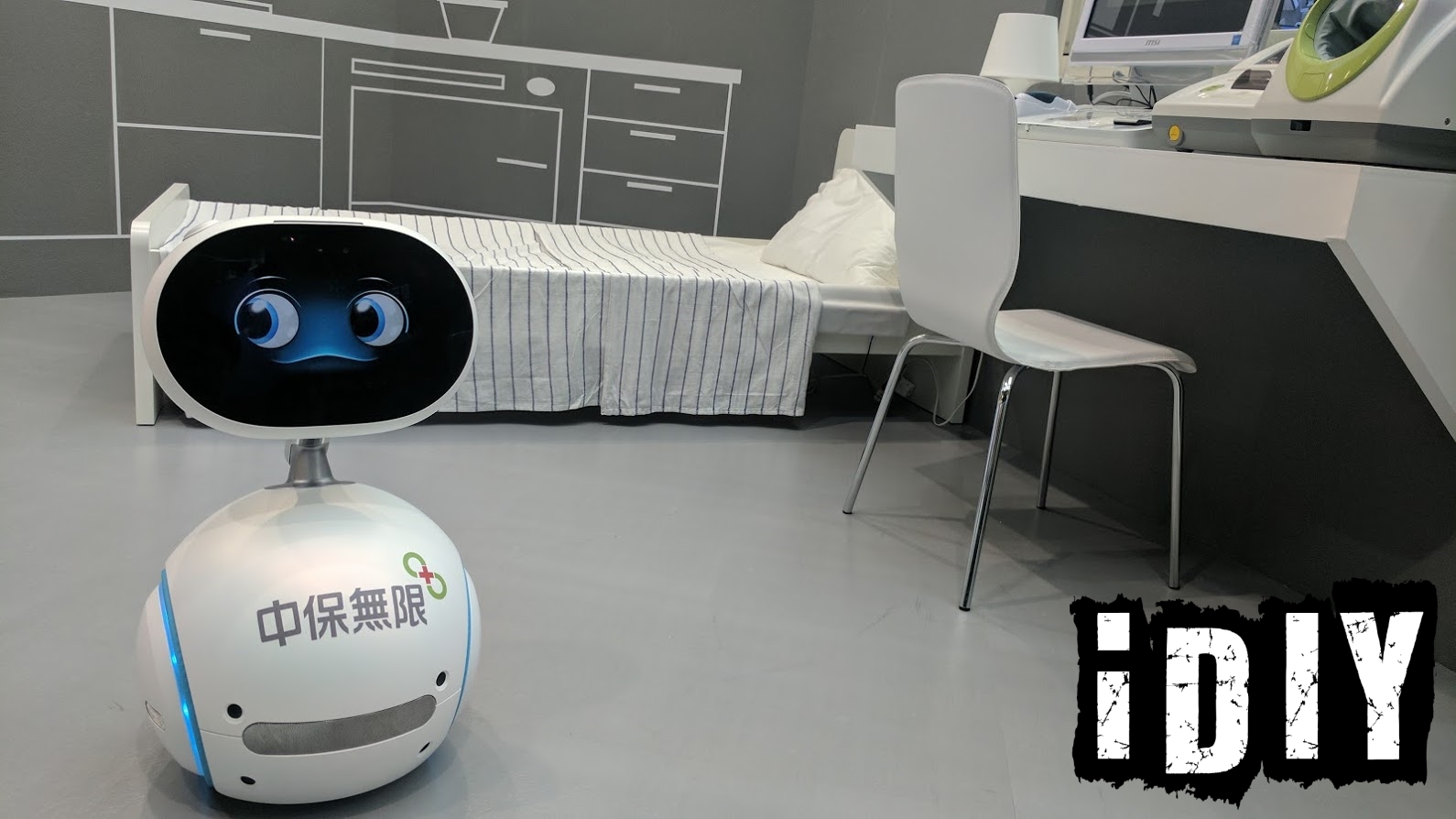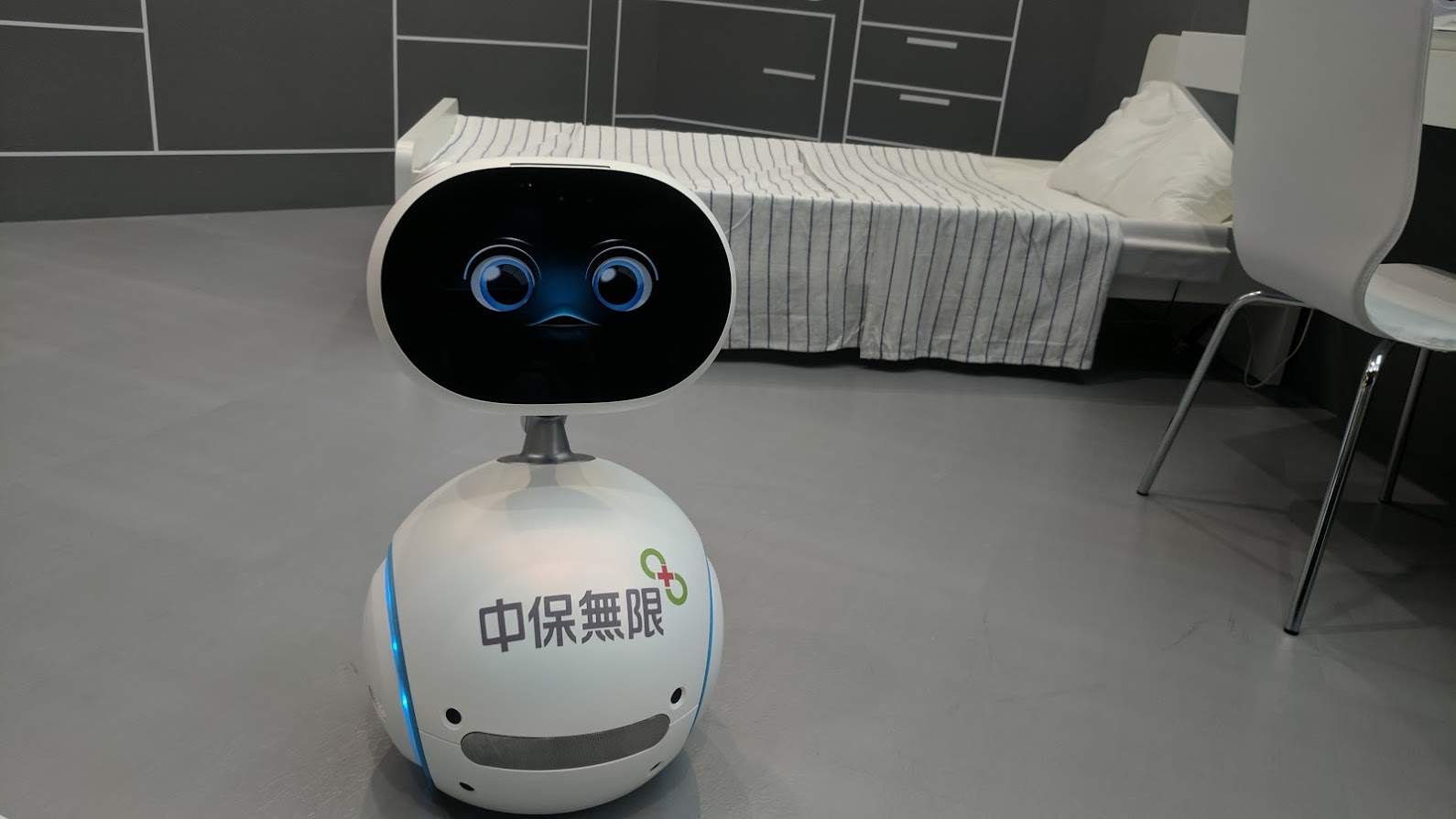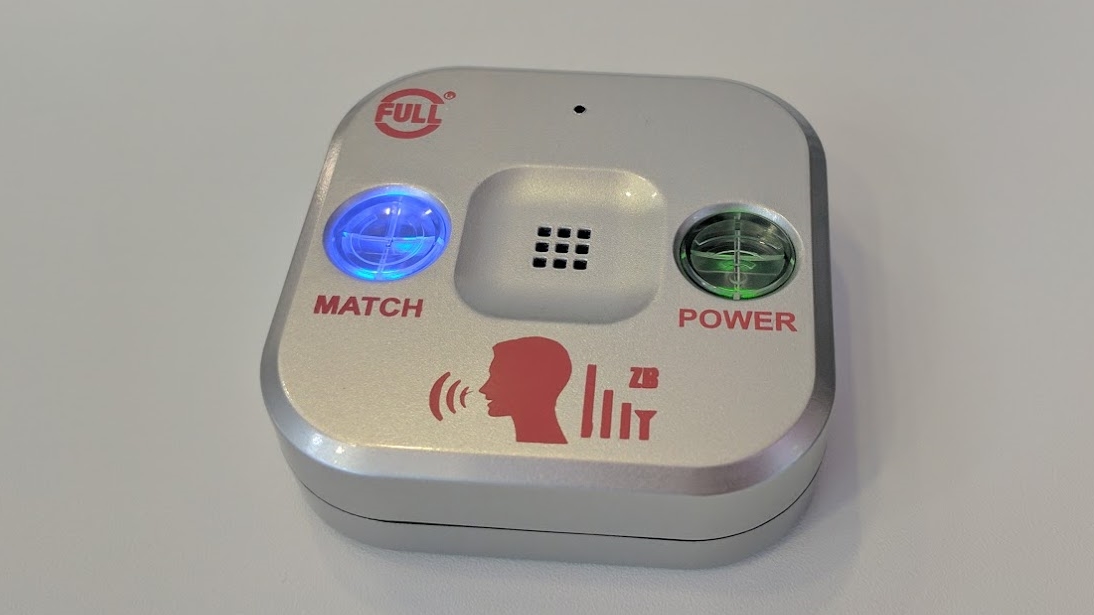A smarthouse is not a motel: how connected tech can cure homesickness
Living the smart toilet dream

Before I begin this week's iDIY column, I'd like to offer a few apologies. First, I'd like to apologise to my pet ferret Autumn, who in the last column I insinuated wasn't the smartest of animals. On the contrary, despite her hoarding Ferrero Roche wrappers to lie on like a tiny, demented Smaug, she is actually very clever, and incredibly mischievous. Which is always a joy in pets.
I also fear that all my talk of Ferrero Roche wrappers may give you the impression that I live some sort of opulent life, engorged on chocolates supplied by ambassadors.
As anyone who knows what the average salary of a technology journalist is will tell you, this is far from the truth. Instead, I make my own bootleg Ferrero Roches by dipping a golf ball in Nutella and then wrapping it in tin foil.
Want another Jack Nicklaus-endorsed confectionary tip? Make a cheap everlasting gob stopper by smearing toothpaste over a golf ball instead.
Now before you start thinking I am some kind of golf-playing Trumpian elite, these golf balls have been fished out of a local pond.
Finally, I'd like to apologise for the lateness of this column. The thing is, I've been at Computex 2017 in Taiwan all week, taking a look at some of the most exciting, revolutionary and, of course, expensive gadgets that will be launching an assault on our wallets in the near future.
So, naturally, I’m going to spend a lot of this column talking about the toilet in my hotel room.
Get daily insight, inspiration and deals in your inbox
Sign up for breaking news, reviews, opinion, top tech deals, and more.
Ode to toilet
I never thought I needed a high-tech toilet in my life until I used one. No culture can call itself civilised until every toilet comes with an automatically heated seat that’s just the right temperature – not hot enough to fry an actual egg, but definitely warm enough to slightly melt an Easter egg.
A dizzying array of buttons accompanied the toilet for all sorts of cleaning modes, but perhaps the most impressive part of this smart toilet was its sensor for automatically raising the toilet seat when you walk up to it, then automatically lowering the toilet seat when you wander off.
While the opening feature is good for hygiene, the automatic closing feature could save many relationships.
Lying in the darkened hotel room, the whirring motors of the toilet aren’t quite as accusatory as my wife’s curses as she plunges bum first into water, but they still serve the purpose of reminding myself that I am A Bad Person.

Flush of success
As for Computex 2017 itself, while it was primarily focused on computers, I did find a number of interesting smart home devices during the event as well.
One company was showing off smart windows that can automatically switch between clear and frosted effects depending on time of day, weather conditions and more.
There were also various smart lamps, internet-connected power sockets and voice-controlled accessories. One person I spoke to, who worked for a Taiwanese smart home company, explained how voice control isn’t as popular in Taiwan as it is in Western countries such as the US and the UK.
He suggested that this was due to the difficulty getting various products and services working together, something that we’ve seen in the past, and which platform-agnostic smart speakers such as Amazon Echo and Google Home have done well to fix.

As you can see from the photo above, the sleek designs of the Echo, Home and the newly-announced Apple HomePod are also sorely lacking.
My attention and imagination was also briefly sparked by seeing the Asus Zenbo – the first commercially available home robot – rolling around the show floor. Kind of like an Amazon Echo and a tablet stuck onto a beach ball with a brain, the Zenbo is designed to help around the house – but as it has no arms, it essentially acts as a mobile smart speaker.
It’s a cute design, and interesting idea, but I’m not totally sold by it, especially when the person demoing the robot ended up having to constantly repeat instructions at ever louder volumes, while struggling not to become annoyed as Zenbo’s infuriatingly cute eyes blinked in incomprehension.
It made me think affectionately of my own smarthome, where I’d stand in the hall and shout at Alexa to add more toilet-ready Easter eggs to my shopping list, only to be met with a somehow confused looking blue light, while Alexa, ashamed, pleads “sorry, I'm having trouble understanding you”. I suddenly felt rather home sick.
Smarthome sick
Being able to travel the world to these events as a technology journalist is undoubtedly one of the perks of the job (the others are free T-shirts and lukewarm canapes), but it can also be a lonely existence – sort of like a less sordid lifestyle than the one Loudon Wainwright III sings about in Motel Blues.
No matter how opulent the toilet is, nor how stunning the view from the hotel rooms are (and they are stunning, Taiwan is a gorgeous country, and Taipei a bright and vibrant city), I am experiencing it alone.
I stare out of the window at the beautiful cityscape beneath me, but it is a hollow sort of beauty when all you want is to share it with the person, or people, or cat, or ferret, that you love. That aren’t there.

Just as I begin to feel every inch of the thousands of miles that separate me from my home, and my wife, I get a notification on my phone – the Samsung Pan and Tilt Smart Home Camera in my living room has detected movement. It senses life.
Opening the app, I see my wife. Worried that she might not be missing me enough, I toy with the idea of remotely turning down the heating in the house with our smart thermostat. Instead, I speak.

With the built-in microphone and speaker on the camera we talk. She tells me of her day, I of mine. She picks up our cat, and he shoots me one of his withering, unimpressed, looks while I call his name. I miss that look, but as we speak the space between us seems to close ever so slightly.
I begin to feel less alone, and it strikes me that the best thing about the devices we fill our smarthomes with is that they help us connect to the things, the people, the pets, in our homes that really matter.
- Matt Hanson is trying to make his home smarter, and his life easier. But that doesn't always happen. Follow his trials and tribulations in his iDIY column.

Matt is TechRadar's Managing Editor for Core Tech, looking after computing and mobile technology. Having written for a number of publications such as PC Plus, PC Format, T3 and Linux Format, there's no aspect of technology that Matt isn't passionate about, especially computing and PC gaming. He’s personally reviewed and used most of the laptops in our best laptops guide - and since joining TechRadar in 2014, he's reviewed over 250 laptops and computing accessories personally.